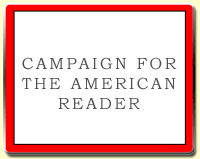 Joseph Epstein is the author, most recently, of The Love Song of A. Jerome Minkoff: And Other Stories.
Joseph Epstein is the author, most recently, of The Love Song of A. Jerome Minkoff: And Other Stories.For the Wall Street Journal he named a five best list of novels featuring revolutionaries, including:
Darkness at NoonRead about the other books on the list.
by Arthur Koestler (1941)
'Darkness at Noon' chiefly takes place in a prison cell in the Moscow prison known as the Lubyanka. It is a tour de force, recounting the inner thoughts of Rubashov, a Nikolai Bukharin-like character, once a central Bolshevik figure, being interrogatedby Stalinist henchmen who prepare the way for his false confession of treason at the famous Moscow Trials of the late 1930s. Arthur Koestler brilliantly sets out the entrapment of a man who feels himself locked into the "logic of history" and squeezed by the pincers of Marxist dialectic. After 40 years living in strict adherence to the party line, Rubashov finds himself accused of being "a counter-revolutionary and a traitor to the Fatherland," destined never to see the Promised Land of the completed revolution to which he gave his life. The novel ends with a pistol shot, not in Stendhal's metaphorical theater but to the back of Rubashov's head.
Darkness at Noon is one of Ernest Lefever's five best Cold War classics.
--Marshal Zeringue












































